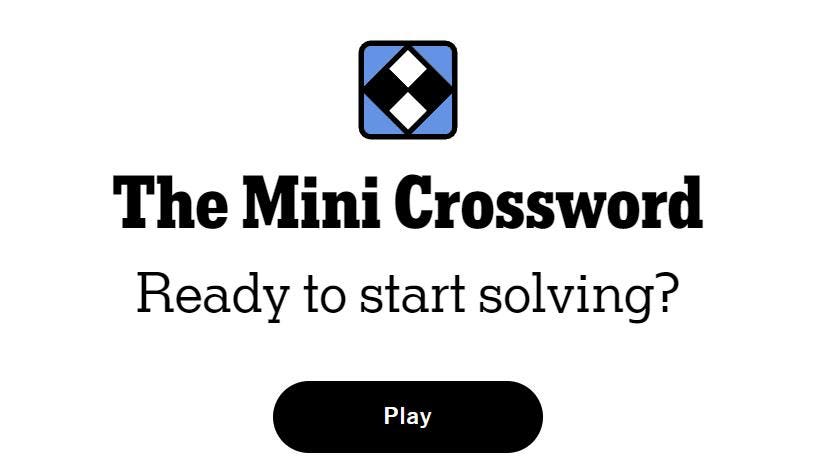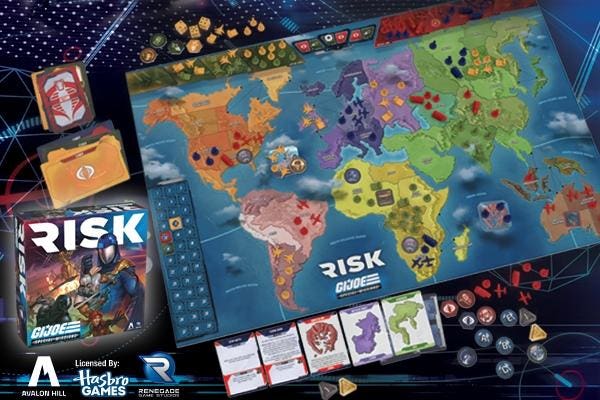University sign and building
getty
Beginning in July 2026, Pell Grants will, for the first time, cover short-term workforce programs as brief as eight to fifteen weeks. It’s a historic expansion designed to meet the demands of a labor market reshaped by automation and artificial intelligence. But here’s the catch: Only programs that prove clear economic value and job alignment will qualify. Institutions that cannot demonstrate a strong college-to-career pipeline risk being locked out of billions in federal dollars.
This urgency is not abstract. Goldman Sachs has shown that 95% of S-1 filings, once the work of junior analyst teams, can now be completed by AI in minutes. PwC’s 2025 Global AI Jobs Barometer reports that jobs requiring AI skills pay an average of 56% more than their non-AI counterparts, and that the skill sets demanded in these roles are evolving 66% faster than in traditional jobs. Meanwhile, the Bureau of Labor Statistics projects 12 million occupational transitions by 2030, even as recent graduates face unemployment rates nearly three times the national average according to federal reserve data.
Against this backdrop, higher education must act decisively. Incremental curriculum adjustments and piecemeal digital initiatives will not be enough. To remain relevant—to students, to employers, and to funders—universities need to reimagine their role in a world where knowledge is abundant but employable skills are scarce.
Why College-to-Career Mapping Matters Now
The federal government has already tied its biggest funding mechanisms to workforce outcomes. The Workforce Pell expansion prioritizes programs that lead directly to in-demand jobs. Perkins V requires states and colleges to conduct a Comprehensive Local Needs Assessment that proves alignment between programs and high-wage, high-demand occupations. NSF’s Regional Innovation Engines are investing up to $160 million per region in tech-enabled workforce ecosystems. And the CHIPS Act explicitly demands education pipelines into semiconductor and advanced manufacturing hubs.
The message is clear: Funding follows evidence. And evidence means program-to-career maps built on verifiable data.
Ten Recommendations For Improving College to Career Mapping
1. Make AI literacy universal.
AI should not be siloed in computer science. Every graduate, whether in business, nursing, or the arts, needs fluency in AI tools, ethics, and human-AI collaboration. Arizona State University is already living this principle: its “AI Literacy in Design and the Arts” course—built to be discipline-agnostic—instills understanding of generative AI, prompt engineering, ethical implications, and creative application across departments. In humanities classrooms, students aren’t banned from AI—they critique it, iterate with it, and learn to cite it responsibly. ASU’s enterprise AI strategy doesn’t just prepare students for what AI can do; it teaches them why and when it should be done. That’s the paradigm every university president needs to adopt—and quickly.
2. Require workplace AI experience.
Classroom exposure isn’t enough. Northeastern University’s co-op model shows that students who integrate work and study achieve higher salaries and faster job placement. The University of Arizona’s AI Core program offers intensive internships that pair with coursework. Adapt these approaches with AI-focused internships, co-ops, and projects to ensure students graduate with hands-on experience.
3. Redesign career services for skills-driven advising.
Career counselors often advise students based on job titles that may not exist by the time they graduate. Using occupational exposure data from the Federal Reserve, institutions must retrain staff to guide students toward adaptable, AI-augmented skills. According to NACE’s Job Outlook insights, nearly two-thirds (64.8%) of employers rely on skills-based hiring practices to evaluate entry-level candidates. This underlines the necessity for career counselors to shift from job-title guidance to skills-driven advising.
4. Train faculty to embrace AI in teaching.
EDUCAUSE’s 2025 survey shows faculty and staff are alarmingly concerned—91% fear misinformation, 90% worry about data misuse, and 88% see challenges evaluating AI-generated content. Another EDUCAUSE study found that 77% of institutional leaders and educators feel unprepared for AI’s disruptive pace. This is a signal that structured AI pedagogy training is essential to help faculty harness AI as a tool for learning, not just a threat to academic integrity.
Caldwell University tackled this head-on at its annual All-Faculty Institute, where participants practiced transforming traditional assignments—like research papers—into engaging AI-augmented formats. One activity converted student papers into AI-facilitated debates, normalizing AI within teaching.
5. Build stackable, job-aligned credentials.
Workforce Pell will only fund programs that demonstrate measurable value. Institutions should design micro-credentials that align with O*NET skills and CIP-SOC crosswalks, creating transparent pathways from certificates to degrees.
6. Establish an AI ethics and governance hub.
AI skills without ethical grounding are dangerous. Stanford’s Human-Centered AI Institute offers a research model; colleges should adapt this approach to undergraduate education, embedding ethics, bias detection, and algorithmic accountability into the curriculum.
7. Make AI policy part of student education.
According to Inside Higher Ed’s 2024 Student Voice survey, 31% of students reported being unclear about when and how AI was permitted in their coursework, and only 16% said they understood their institution’s guidelines because the policy had been explicitly published. Grammarly’s 2025 survey, conducted by Talker Research, similarly found that while 73% of students said their college had an AI policy, only 11% reported that faculty actively encouraged responsible AI use in class. These numbers reveal a clear communication gap: It is not enough for institutions to draft policies. Colleges must teach AI expectations in orientation, reinforce them across syllabi, and integrate examples of ethical AI use throughout coursework to ensure students graduate with both competence and confidence.
8. Compete for federal AI funding.
NSF’s National AI Research Institutes and the National AI Research Resource pilot provide both dollars and infrastructure. Institutions should embed their college-to-career mapping artifacts into funding applications to demonstrate accountability and workforce readiness.
9. Create a cross-functional AI strategy council.
The University of Hawaiʻi has taken a forward-thinking approach by forming an AI Planning Group that actively includes students, faculty, and staff across campuses to co-design AI literacy and governance strategies. This inclusive model ensures that student voices shape AI direction—not just institutional executives. Colleges across the nation should adopt a similar structure, creating cross-functional councils that co-author five-year AI strategies aligned with labor-market realities.
10. Invest in AI-Driven Student Success Infrastructure
AI isn’t only transforming jobs—it’s reshaping how universities can support students before they drop out or disengage. Retention, advising, and equity are as much part of the career pipeline as curriculum. Universities that fail to adopt AI in student support risk higher attrition and lower ROI for both students and funders.
For example, Georgia State University pioneered predictive analytics and AI-powered advising, reducing equity gaps and increasing graduation rates. Their “chatbot” Pounce answered over 200,000 student questions in its first year, helping first-generation students navigate financial aid and registration barriers.
Universities that embrace college-to-career mapping, AI literacy, and agile governance will unlock Workforce Pell, Perkins V, and NSF funding while ensuring their graduates thrive in AI-augmented careers. Those that hesitate will be more vulnerable to rapid labor market changes and possibly make their students more vulnerable to graduating with degrees disconnected from the job market.
The federal dollars are already flowing. The market signals are already clear. Higher education must act now to adapt in time.









